Armenian Studies Program
Urartu
Summary: Unfortunately, only a handful of pre-Christian examples has survived and they are
from three distinct epochs: Urartian, Hellenistic, and late Roman. They will be discussed
briefly in chronological order. A considerable number of temples and fortified garrison
cities are known belonging to the kingdom of Urartu (ninth to the sixth centuries
B.C.), the most famous examples being the garrisons of Erebuni and Karmir Blur in
Soviet Armenia, Toprakkale, the royal capital near Van, and the temple of Mousasir
(known from an Assyrian carving). None of these survived above ground; they were all
discovered in the past century by archaeological excavations. The kingdom or Urartu
itself was forgotten for 2500 years after its destruction in the early sixth century
B.C. until it was literally dug up in the nineteenth and twentieth centuries.
Urartian architecture used carefully cut stone often of very large size for the foundations
of walls and the supports of wooden columns for temples and assembly rooms. The compact
efficiency of such towns as Erebuni, the innovative design of the temple of Mousasir,
and the remnants of simple houses with primitive domes points to a flourishing architectural
activity. Unfortunately, from the four centuries immediately following the end of
the Urartian kingdom, no architectural monuments have been uncovered in Armenia. It
is only in the centuries just before the Christian era that our next link in the building
tradition of the land is found.
-
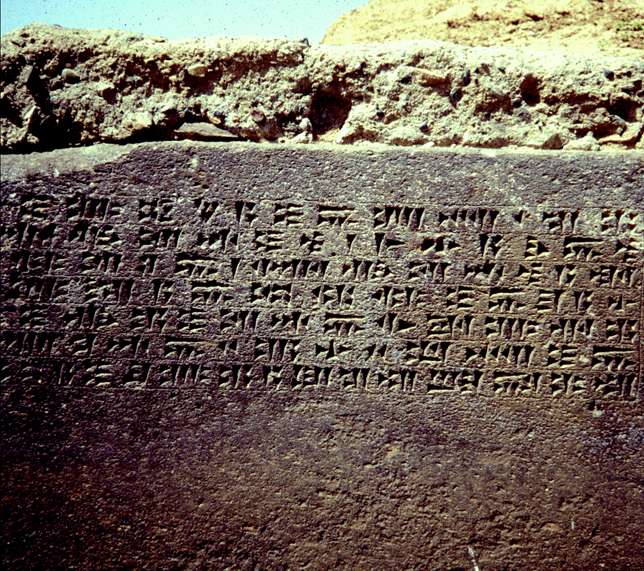
Urartu - Inscription -
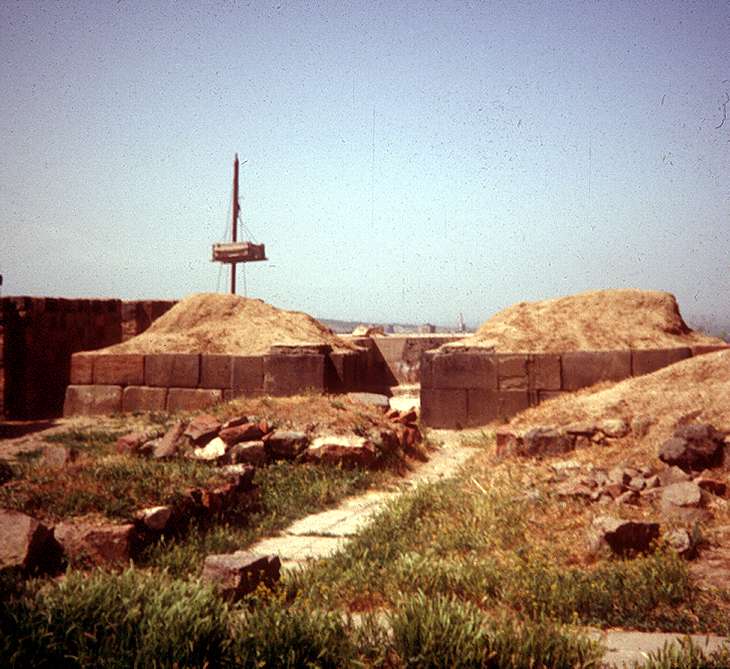
Urartu - Temple -
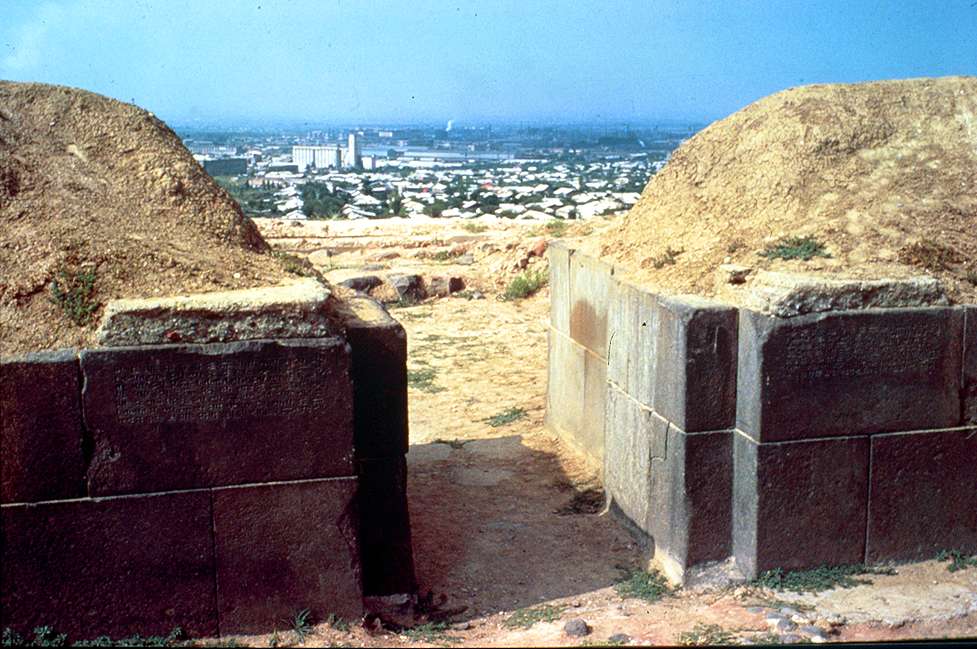
Urartu - Temple 2 -
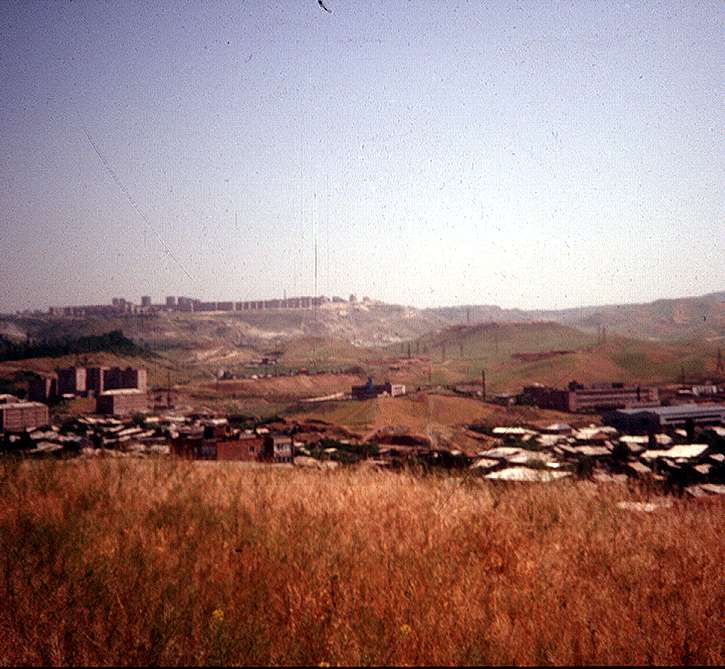
Urartu - view -
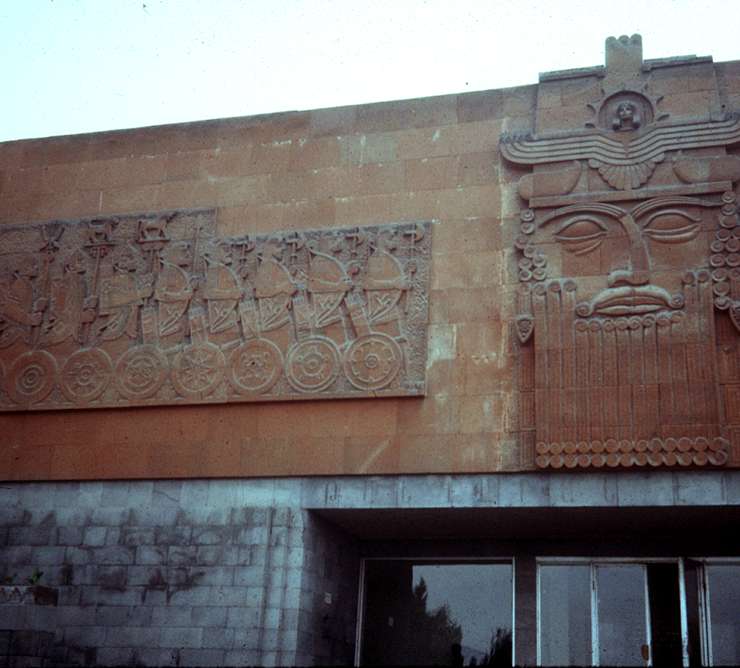
Urartu - Museum -
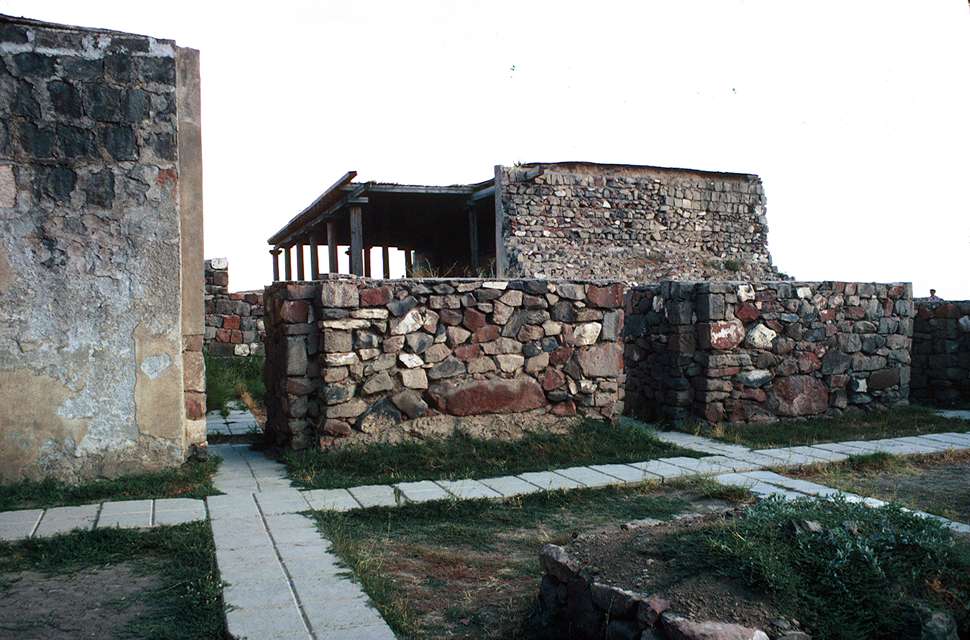
Urartu - Palace -
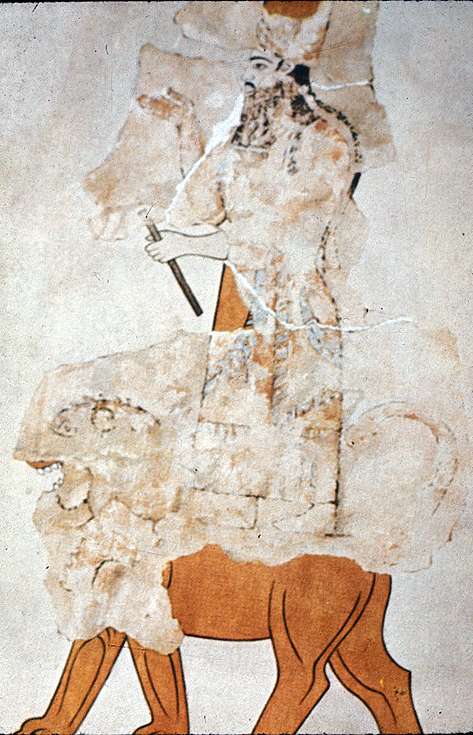
Urartu - fresno of the king